If you just need to haul some stuff around the town, the DIY Utility Trailer Plans are an easy way to get those items you need. There is a huge markup on the rental and you end up paying for something that you could have just bought. Many people who do not own a vehicle, end up renting one because they do not want to spend thousands of dollars on one. This article will be going through how to build DIY Utility Trailers you can make yourself. One of the most important things when building a trailer is finding the material that you want to use. You need to look at what it is made of and if it will withstand the weather conditions where you plan to put your trailer.
This way, everything will be much easier for you, especially if you are thinking about renting this trailer out. Though this may seem like a lot of work, we’re here to help. In this post, we give you
21 DIY Utility Trailer Plans that are meant to aid you in your DIY experience. Some are basic, some are more detailed, but all are great plans for any skill level. Each design comes with diagrams, step-by-step instructions, material lists, and color pictures. We’ve also given a brief description of each trailer type so that you know what materials to use for each one. Not only will it save money, but also time since you have designed it to meet your needs. Once you get the hang of building them, they become even more cost-effective.
If you often use your trailer to transport things from one place to another, then you must tie down all the loads. This is for safety reasons since a loosely tied cargo can be fatal. But how will you secure your loads? With its hitch rings, you can firmly attach the track to the bed of your trailer, and you will have a wide selection of rope anchors on either side of the bed to utilize for attaching ropes to secure any load you transport.
Click here
If you want to get a trailer lifting tailgate, you can just get it done with the use of an old leaf spring, some scrap steel and U-bolts.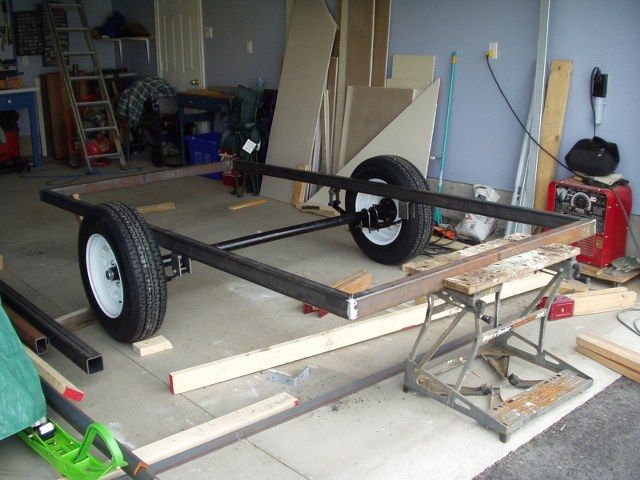 It is easy to fix but it may not be a super-strong solution for your trailer. It will work for opening the door but when closed it does give some resistance so closing is not that smooth. This lift system simply consists of a leaf spring and some U-bolts. It’s a simple design but makes loading much easier.
It is easy to fix but it may not be a super-strong solution for your trailer. It will work for opening the door but when closed it does give some resistance so closing is not that smooth. This lift system simply consists of a leaf spring and some U-bolts. It’s a simple design but makes loading much easier.
Click here
The logging trailer makes light work of hauling timber. First, the log is loaded onto the platform. Then, the hydraulic lever raises the bed of the trailer until it is vertical to the ground. Once in place, a series of hooks and winches will secure your cargo. This trailer can support up to three full cords of wood and has been outfitted with extra storage for tying down your logs.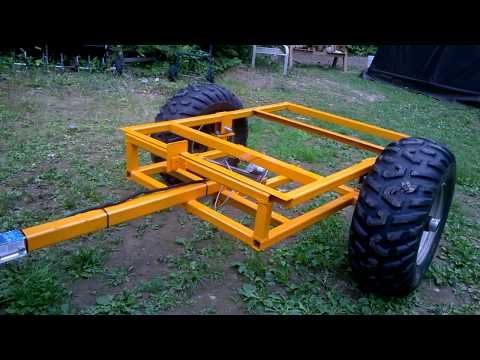 The X-shaped beams give this platform extra strength and prevent it from sagging under heavy loads.
The X-shaped beams give this platform extra strength and prevent it from sagging under heavy loads.
The Three in One eliminates the need to buy two or more trailers. It has been built to be able to do the job of three trailers, hence the name - 3 in 1. No matter if you want it as a box trailer or a car transporter or a small flat top, it can do all three at once. It comes with a set of highly compatible and easily available parts that can be put together with simple tools, without needing any welding. It also comes with comprehensive instructions for easy assembly at home.
Click Here
Here is a better option for those that are ferrying fragile goods, or those worried about security.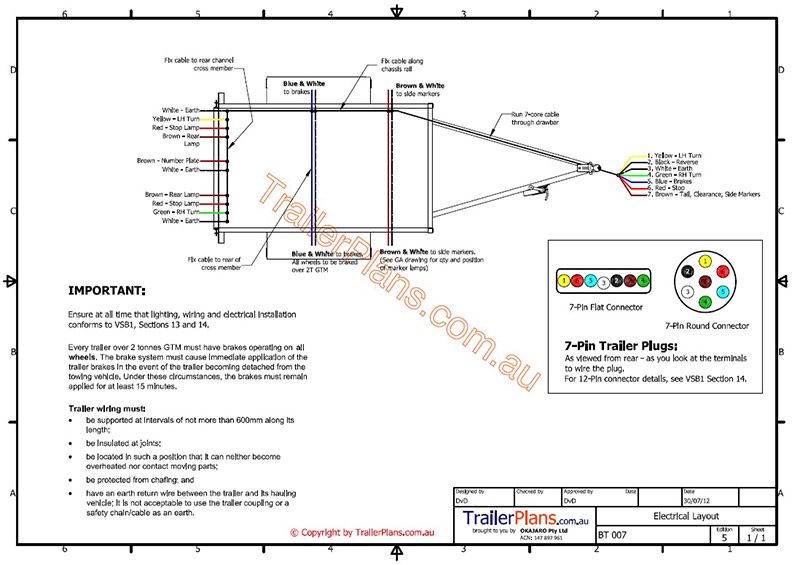 This Homemade trailer with an enclose comes with a steel bed and side to protect your cargo and keep it secure. It is heavy-duty, so even large loads will not deform the bed or sides. The open is connected to hinges so it can open and close, while the locking mechanism ensures that your extra cargo won't fall upon sudden stops. This Homemade trailer with an enclose is better suited than most others for your needs.
This Homemade trailer with an enclose comes with a steel bed and side to protect your cargo and keep it secure. It is heavy-duty, so even large loads will not deform the bed or sides. The open is connected to hinges so it can open and close, while the locking mechanism ensures that your extra cargo won't fall upon sudden stops. This Homemade trailer with an enclose is better suited than most others for your needs.
The Cargo Trailer is a towing device that fits onto the back of your bicycle to hold your gear. Easily found at your local hardware store, this trailer will meet all your needs for its low cost and easy construction. With an axle and wheels put together, use materials such as steel bars and wood to make this long-lasting trailer.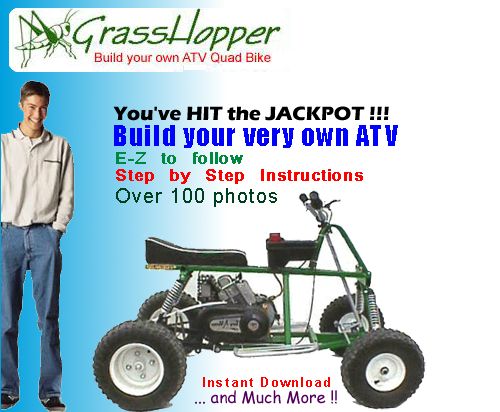 The design will allow you to make it from materials you can easily find at your local home improvement store.
The design will allow you to make it from materials you can easily find at your local home improvement store.
This trailer is built to endure heavy loads and strong forces. Make sure you are up for the job of welding steel beams together, as the frame makes up the basis of this trailer. This trailer build is made completely of steel, making it able to hold heavy loads. It requires heavy welding and steel beams to form the frame of the trailer. Hard mesh is used to create the bed of the trailer. On completion, you will have a trailer that can tow heavy objects while being durable enough to last.
Click here
Trailers must be built very well in order to hold up while they are being used to haul heavy items.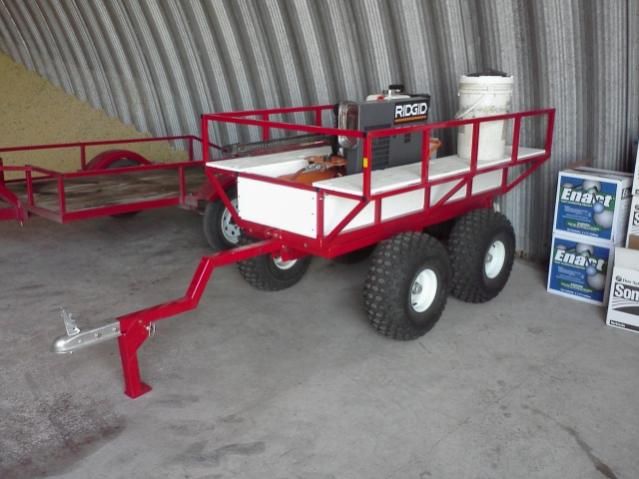 This utility trailer started out as a project that was going to be very expensive. It turned out to only cost a lot of time because the builder decided to use salvaged materials. These parts include steel beams and an old axle. There are several steps involved in this build but most anyone can complete it with a little patience and some help from friends. The finished trailer is extremely durable and will serve you for many years. It is also sturdy enough that it could be converted into a great camping or floating trailer.
This utility trailer started out as a project that was going to be very expensive. It turned out to only cost a lot of time because the builder decided to use salvaged materials. These parts include steel beams and an old axle. There are several steps involved in this build but most anyone can complete it with a little patience and some help from friends. The finished trailer is extremely durable and will serve you for many years. It is also sturdy enough that it could be converted into a great camping or floating trailer.
You can quickly move your kayak from one point to another with this trailer. Given that the kayaks are the lightest, you can substitute the steel beams for light aluminium beams. Since the kayak is flat and does not occupy much space, you do not need to have a trailer that is completely covered.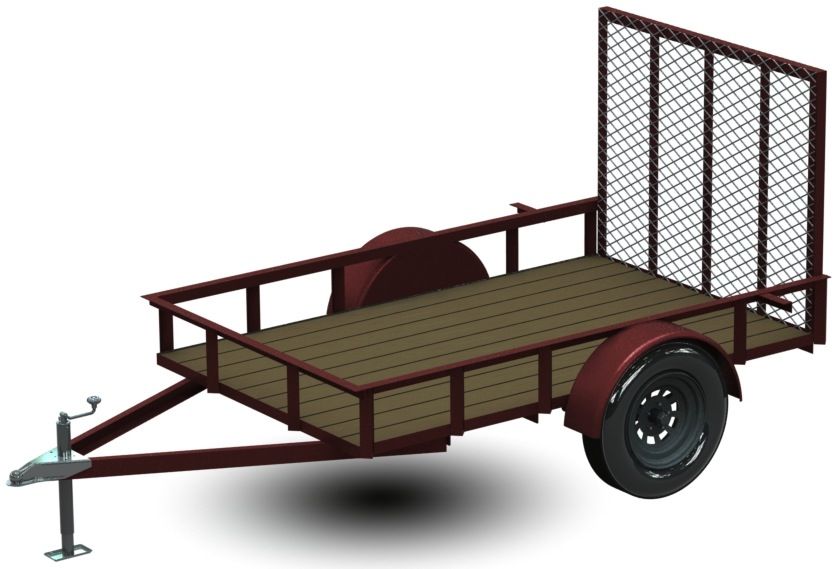 All you need for this trailer is an axle and support beams to hold the kayak.
All you need for this trailer is an axle and support beams to hold the kayak.
This was built from a reliable and stable harbor freight 1720lb capacity trailer kit. A flatbed was created with a plywood base that has proven to be very sturdy. A clever design allows the sides to be built at the right height and be removable. This way the trailer can be used as a flatbed or have sides that are 4 feet tall allowing heavy fine sand or gravel to stay on board. The lights also connect to this plywood bed so they can be avoided when used as a flatbed by simply removing the lights and installing them on the sides.
Click here for more details
The big-box futon is the original cargo bike project.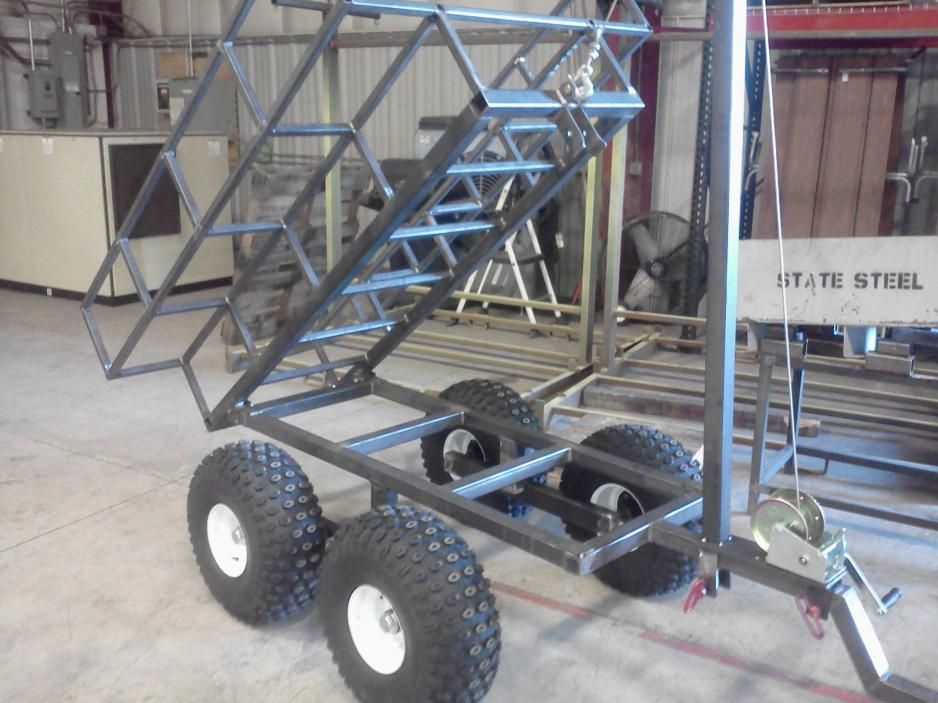 For those seeking a more eco-friendly mode of transportation, or just to explore their cities with a creative, artistic lens, the box futon may be the perfect project. Bike trailers are useful for carrying groceries and other supplies that would otherwise require a car or taxi. They are also important when going on a family trip to carry children or pets.
For those seeking a more eco-friendly mode of transportation, or just to explore their cities with a creative, artistic lens, the box futon may be the perfect project. Bike trailers are useful for carrying groceries and other supplies that would otherwise require a car or taxi. They are also important when going on a family trip to carry children or pets.
This is a basic trailer that can be built from scratch. It has a high skill requirement but with some knowledge, you can build a reliable, inexpensive trailer that will last. The requirements to build this trailer, such as tires and wheel bearings, can all be bought at your local hardware store, making it convenient and inexpensive to build. With just a few materials, you can be on your way to building the perfect trailer for your needs.
Click here for more details
If you would like to reap the benefits of a bicycle trailer but have a bicycle that it doesn't fit with your bike.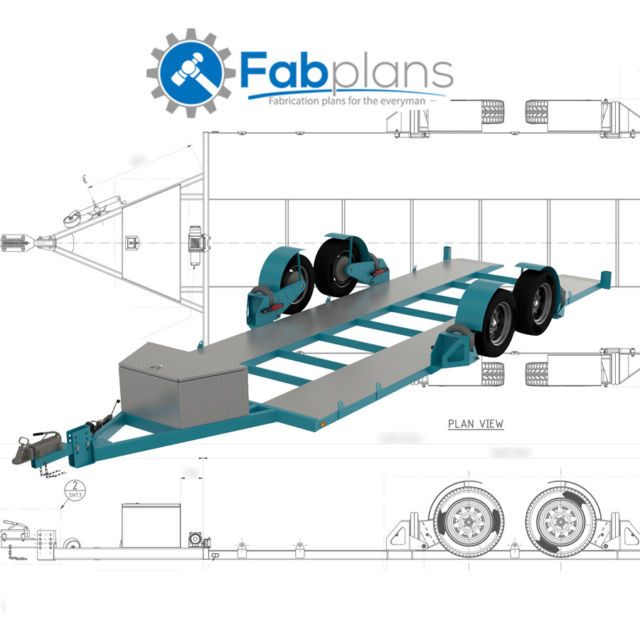 We are offering an opportunity to use a hand cart to be modified with some simple tools to attach it the way you would a bicycle trailer. There is so much you can do with the new hand cart that we have just taught you how to turn into a bike trailer. You will enjoy getting data on it and seeing how it can work.
We are offering an opportunity to use a hand cart to be modified with some simple tools to attach it the way you would a bicycle trailer. There is so much you can do with the new hand cart that we have just taught you how to turn into a bike trailer. You will enjoy getting data on it and seeing how it can work.
Learn how to make a homemade trailer that has a bed made of steel rods that are joined together with galvanized brackets and bolts instead of welding them together. The brackets are used as the joints and the steel rods as the body of the trailer. After making the frame you mount it on wheels to make a trailer. The first thing that you will need to do is to buy square steel rods and cut them according to your measurements. Then arrange them to create the bed.
Click here
This trailer makes hauling huge loads a breeze and is extremely cheap to build.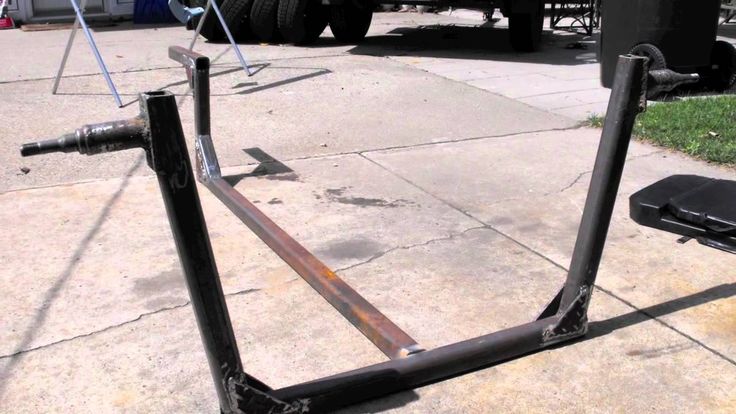 Stainless steel beams are basic construction material, with a minivan axle salvage from the local scrapyard. The end product is a functional trailer that’s perfect for hauling plywood, planks, tools, and other construction materials. The spring will help dampen the effects of bumps on the road and provide greater comfort.
Stainless steel beams are basic construction material, with a minivan axle salvage from the local scrapyard. The end product is a functional trailer that’s perfect for hauling plywood, planks, tools, and other construction materials. The spring will help dampen the effects of bumps on the road and provide greater comfort.
Wiring is a delicate process; you will want to make sure that it is done correctly by connecting the wires to the trailer lights with high-quality connectors and soldering the wires together to prevent corrosion down the line. LEDs are a lot more resilient than incandescent lights, so you won't have to worry as much about them breaking while on bumpy roads. Prevent damage to the LED lights by soldering the wires before attaching them to the trailer.
Click here
This utility trailer should be designed for off-road conditions and hence should have a strong build. The wheels, tires and rims should match the rugged off-road vehicles in the market.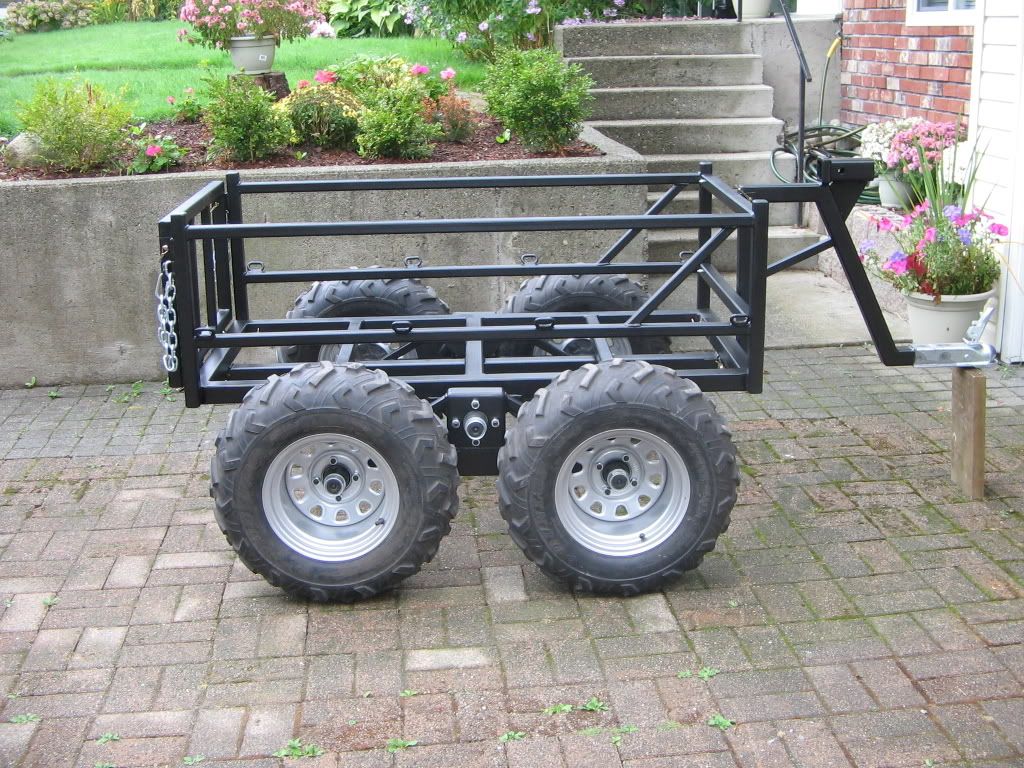 The suspension system should be appropriate for this type of activity. This trailer should not fail its user when the rough terrain hits it but easily roll with the changes in road grade and bumps.
The suspension system should be appropriate for this type of activity. This trailer should not fail its user when the rough terrain hits it but easily roll with the changes in road grade and bumps.
Click here
This trailer is made of wood, with a steel chassis and axle to hold the load carriage. You can make the flatbed with steel welded together with its axle. Build the wooden floor and the sides using the included guide, then fasten it firmly with brackets for durability, and make sure to fashion the clamp to attach it to your car or truck's drawbar or ball hitch assembly. A bolt-on rear tailgate completes it, so you can secure your hauls easily!
By creating a trailer from ready-made spare parts that you can play around with your friends and family to create a beautiful utility trailer.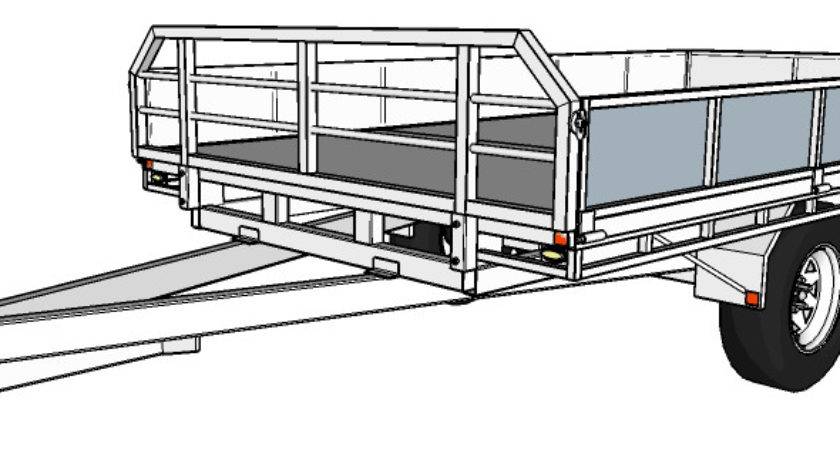 The kit contains all the necessary components that you need to build beauty out of it. Just follow the instruction manual and assemble like you are playing Lego and in no time, you will be hauling plywood and other stuff. Instructions will detail how to assemble a new cargo trailer that can carry the wood, dirt, and supplies you need for your next project.
The kit contains all the necessary components that you need to build beauty out of it. Just follow the instruction manual and assemble like you are playing Lego and in no time, you will be hauling plywood and other stuff. Instructions will detail how to assemble a new cargo trailer that can carry the wood, dirt, and supplies you need for your next project.
Click here
If you are looking for a car trailer to transport your motorbike or wheels from one place to another, then this trailer is just the solution. The trailer is made from lightweight aluminum making it easy to move around and also incredibly strong. All you will need to do is add brackets and bolts to join the aluminum beams and the axle.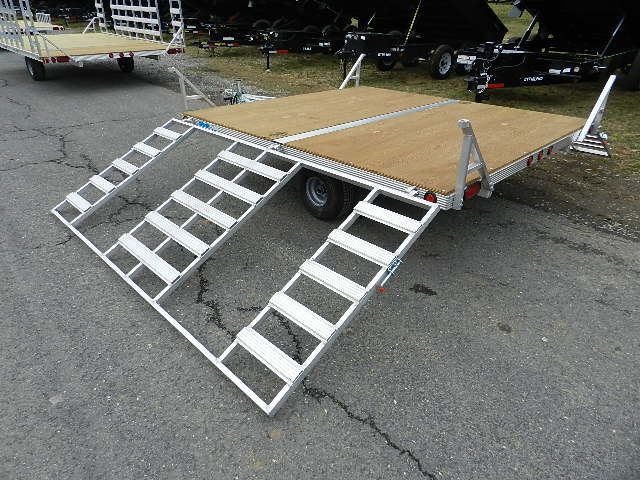 The aluminum beams are stronger than wood but need to be joined using brackets and bolts.
The aluminum beams are stronger than wood but need to be joined using brackets and bolts.
This Trailer is a heavy-duty utility trailer It can be used by some motorcycles, lawn tractors, or an ATV. 4'x8' ATVs can haul large loads despite not having much in the way of storage space. This trailer is made of metal and requires welding to build. The flooring and sides are made of steel checker plate, which should be welded to the chassis and the axle. There are many parts required to create this trailer such as a few pieces of structural tubing, a length of square tubing for a spring perch, angle iron, channel steel, round tube and rectangular tube. Although there are many parts needed to create this trailer it is not hard to make.
Click Here
All-terrain vehicles improve access to the backcountry. ATVs and side-by-sides excel at carrying people, but their restricted cargo room limits the gear we can haul in, and the meat we can pack out.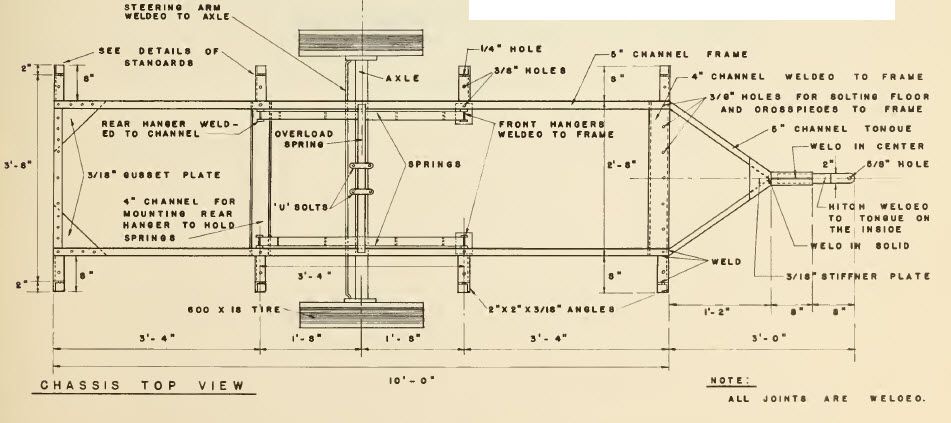 To better suit my outdoor adventures and projects around my homestead, I needed more space to haul the necessary gear. It was time to build a utility trailer!
To better suit my outdoor adventures and projects around my homestead, I needed more space to haul the necessary gear. It was time to build a utility trailer!
Advertisement
In the spirit of any good DIY project, salvaged materials kept my costs down. I used as much repurposed metal as possible to create my ATV trailer. When using old metal, good prep improves weld quality, so I brushed or ground off rust and old paint.
Advertisement
I rate this project as intermediate both for its required skill level and time to complete. To tackle this project, you’ll need access to a welder and a compliment of workshop tools. I chose wood planks for the decking, so a method to cut wood to length helps too. I’m not a welder by training, so there was a steep learning curve. Nevertheless, using a MIG welder and attention to detail, I achieved ‘professional’ results.
The hardest part of the project was coming up with a design. Plan considerations included trailer purpose, bed size, ground clearance, tires, hitch, load capacity and overall trailer weight.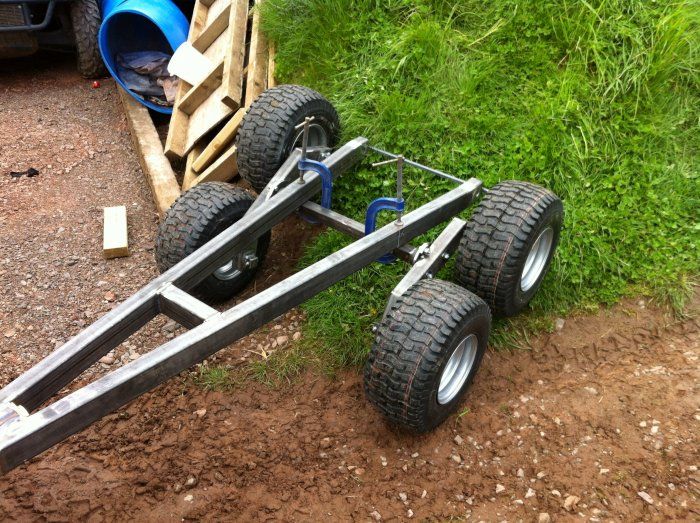 Some of decisions were easy, based on locally available materials – type of hitch, for example. Others crystalized after much deliberation. With my trailer specs and materials in hand, it was time to start cutting.
Some of decisions were easy, based on locally available materials – type of hitch, for example. Others crystalized after much deliberation. With my trailer specs and materials in hand, it was time to start cutting.
Advertisement
I cut the metal parts with a chop saw, a bandsaw and a special thin cutting blade on an angle grinder – any of the three will work well. The three-foot by five-foot frame was built using one-and-a-half-inch square tubing, which is strong and makes a superb platform on which to mount everything else. Simple butt joints to make neat square corners simplified welding for a beginner. Using two-inch square tubing for extra strength, I welded the tongue at 26 inches, allowing ample clearance between the ATV and trailer, even during tight turns. For frame strength and a place to secure the decking, I welded angle iron side to side across the trailer in strategic locations.
The wheel assembly is the most complicated part of this project. An online search returns several suitable ideas, from a simple straight axle with no suspension, to more complex walking axle designs.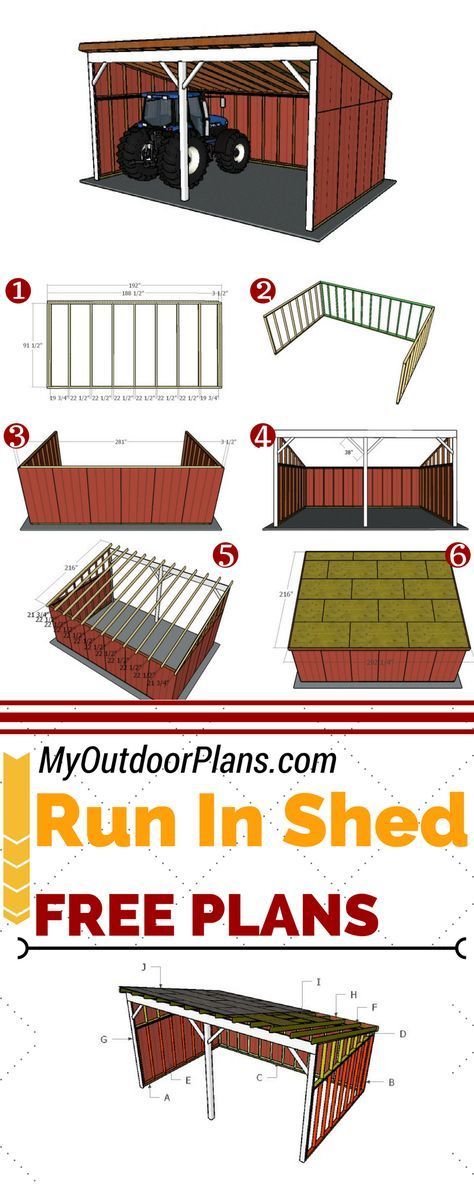 For me, design considerations included the type of tire. I opted for a standard 14-inch trailer tire and reduced the fabrication process by purchasing a pair of bolt-on equalizer torsion axles for a five-bolt rim. Swapping tire hubs to a four-bolt ATV style will accommodate off-road ATV-style floatation tires. I fabricated the axle supports using angle iron. Using the wheel assembly as a template, I marked and drilled holes to accommodate the bolts.
For me, design considerations included the type of tire. I opted for a standard 14-inch trailer tire and reduced the fabrication process by purchasing a pair of bolt-on equalizer torsion axles for a five-bolt rim. Swapping tire hubs to a four-bolt ATV style will accommodate off-road ATV-style floatation tires. I fabricated the axle supports using angle iron. Using the wheel assembly as a template, I marked and drilled holes to accommodate the bolts.
I used a wire wheel on an angle grinder to clean and rough up the metal surface of the trailer prior to painting. For paint, a rattle-can of spray paint for metal did the trick. To prevent slipping when wet, I plan to add a rubberized rocker guard paint on the tongue.
With the trailer still upside down, I bolted the axle assemblies to the frame and installed the tires. My wife and I easily lifted the trailer off the sawhorses and rotated it to sit on the ground right-side up. It wasn’t too heavy, yet!
Next was cutting the trailer decking – I used spruce 2x6s and 2x8s – securing them to the trailer using self-tapping metal screws into the angle iron supports.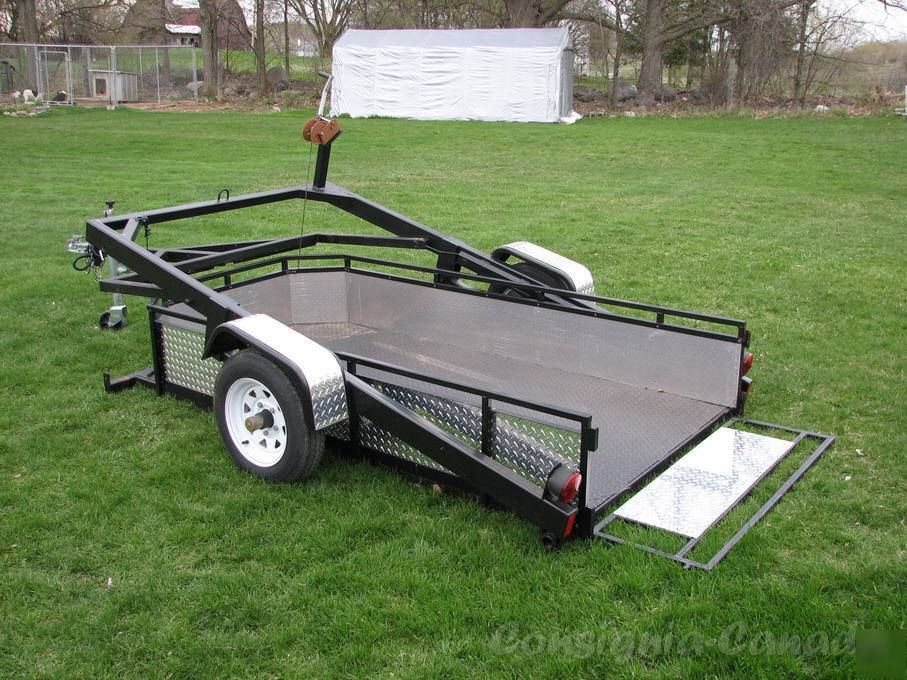 For longer life, I’ll paint the deck with a water seal. Treated lumber works well too, I just didn’t have any on hand at the time.
For longer life, I’ll paint the deck with a water seal. Treated lumber works well too, I just didn’t have any on hand at the time.
After the trailer frame and deck was built, it was time to focus on the sides. For now, I just needed a cart to haul logs and game out of the field, so I added arms that flare out from the trailer for more capacity. An alternative is quick-detach brackets and modular sides to slide in, to suit your adventure.
The last step was installing a trailer coupler. I used a standard part-store aluminum ball-hitch coupler, simply bolting the basic coupler through the tongue. I admit, I do admire the swivel hitch designs for safety considerations in rough terrain – if you misjudge your centre of gravity, your cart can tip without flipping the ATV on its side as well.
I had a great deal of fun researching and building this project. I learned new skills and created something that makes me proud to look at and use. Plus, I now have a custom trailer that is more solid and heavy-duty than most commercially made items of this size.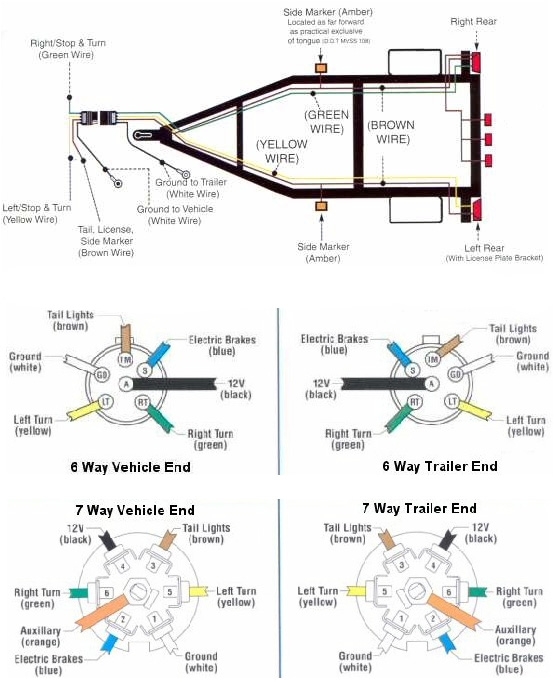 If I wished to get it inspected and licenced, I could use it on the road behind my truck as well.
If I wished to get it inspected and licenced, I could use it on the road behind my truck as well.
Have fun choosing your options and building your own utility trailer!
Step 1, plans and parts: I decided on the size, shape and parts specification for the trailer I wanted to build. I scrounged used metal where I could and purchased the parts and materials I needed.
Step 2, layout: Metal parts measured and marked in preparation for cutting.
Step 3, cutting: I used a chop saw to cut most of the metal parts to length. A metal cutting bandsaw is another method for cutting metal parts.
Step 4, metal preparation: Good metal preparation is crucial to good welds, especially when using recycled metal. Here, a wire brush on an angle grinder removes old paint and rust.
Step 5, welding: Magnetic clamps hold the workpiece while welding, keeping everything square.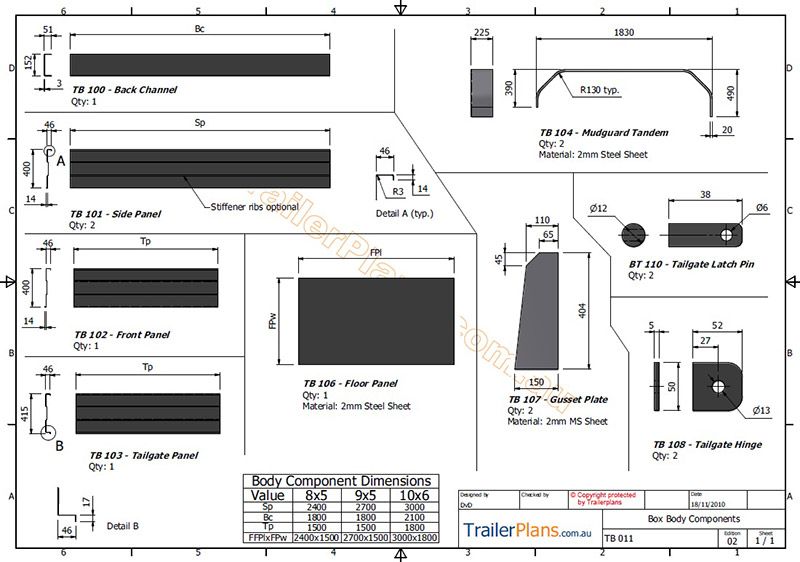 For the perfect fit, the axle assemblies were used as a spacer while the supports were tack-welded into place.
For the perfect fit, the axle assemblies were used as a spacer while the supports were tack-welded into place.
Step 6, painting: After welding the frame, the steel was painted before assembling.
Step 7A, assembly: The axel assemblies were bolted onto the frame supports, followed by tire installation.
Step 7B, assembly: The hitch coupler was bolted to the tongue to facilitate future upgrades or replacement.
Step 8, final details: Install side arms and pre-cut decking.
The final product, showing clearance, axel assembly and tires.
three
Each of us in life is in search of his own transport, which can be used everywhere, and at the same time feel completely safe.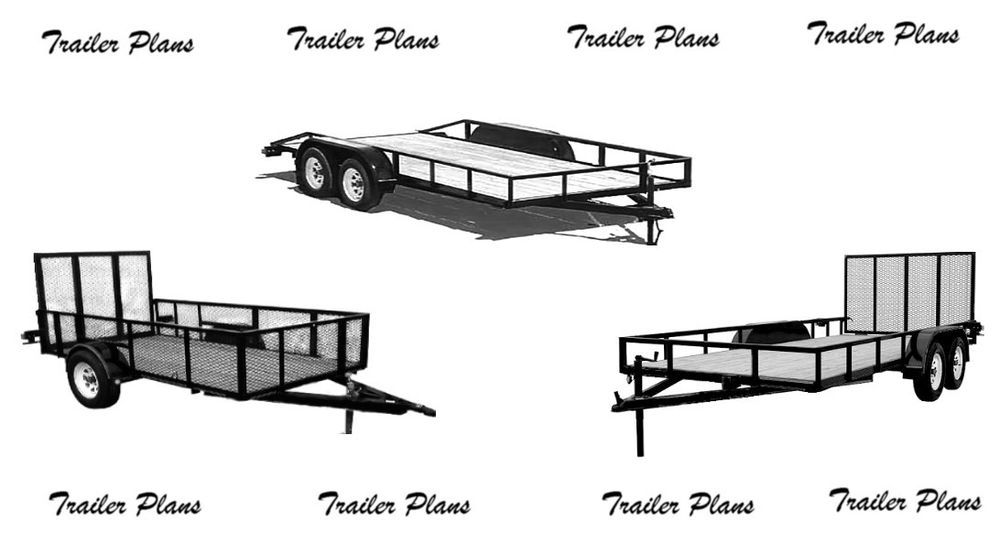 Many choose expensive cars, and someone prefers to travel on an ATV, which is no less reliable, and in some moments even more convenient to use. But any type of transport can be improved by supplementing it with a trailer. Today we will talk about how to build a home-made trailer for an ATV with your own hands at no extra cost, the details of which you can find by going to the website dvako.com.ua.
Many choose expensive cars, and someone prefers to travel on an ATV, which is no less reliable, and in some moments even more convenient to use. But any type of transport can be improved by supplementing it with a trailer. Today we will talk about how to build a home-made trailer for an ATV with your own hands at no extra cost, the details of which you can find by going to the website dvako.com.ua.
ATV is an all-terrain vehicle, which is distinguished by a high degree of reliability. But often a trailer is attached to it, which you can buy, both in finished form, and assemble it yourself from improvised means. But buying is too easy, so many take the challenge to themselves, and start assembling a trailer on their own. Many may doubt their abilities, but you should not do this, as it is not as difficult as it seems. There are many ready-made schemes on the Internet, following which your trailer will be assembled in less than a day, so we suggest going to the site where you can find out a simple and working trailer assembly scheme.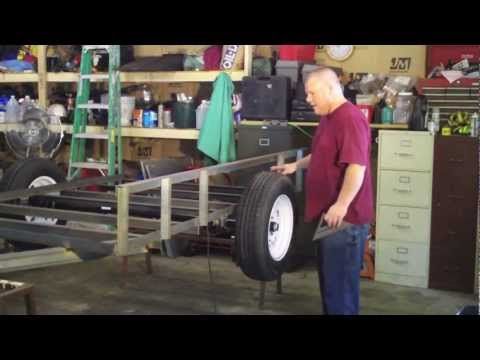
Consider everything you need to create a trailer in the table.
| Consumables and tools
| Of course, to create something new, you need a consumable. You will have to create a reliable body, work on the connecting node, provide all-terrain trailer by installing wheels and much more. At first glance, this work will require a lot of time and effort, but this is not so, since the assembly of the frame and connecting elements is simple.
|
| Assembly diagram
| Without a basic plan of action, it is extremely difficult to do anything. Despite the fact that there are many schemes for assembling a trailer on the Internet, it is difficult to find one that is understandable. By clicking on the link, an assembly diagram opens in front of you, getting acquainted with which, assembling the trailer will be simple and understandable.
|
| Some free time
| If you work hard, you can assemble an ATV trailer in a few hours, and not stretch the work for a week, so it's better to have the right tools and supplies right away so that you don't have to buy additional parts.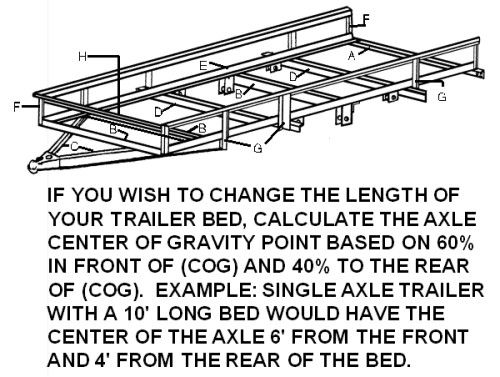
|
But, it is worth noting that the creation of a trailer also has a number of disadvantages, for example:
